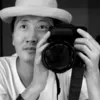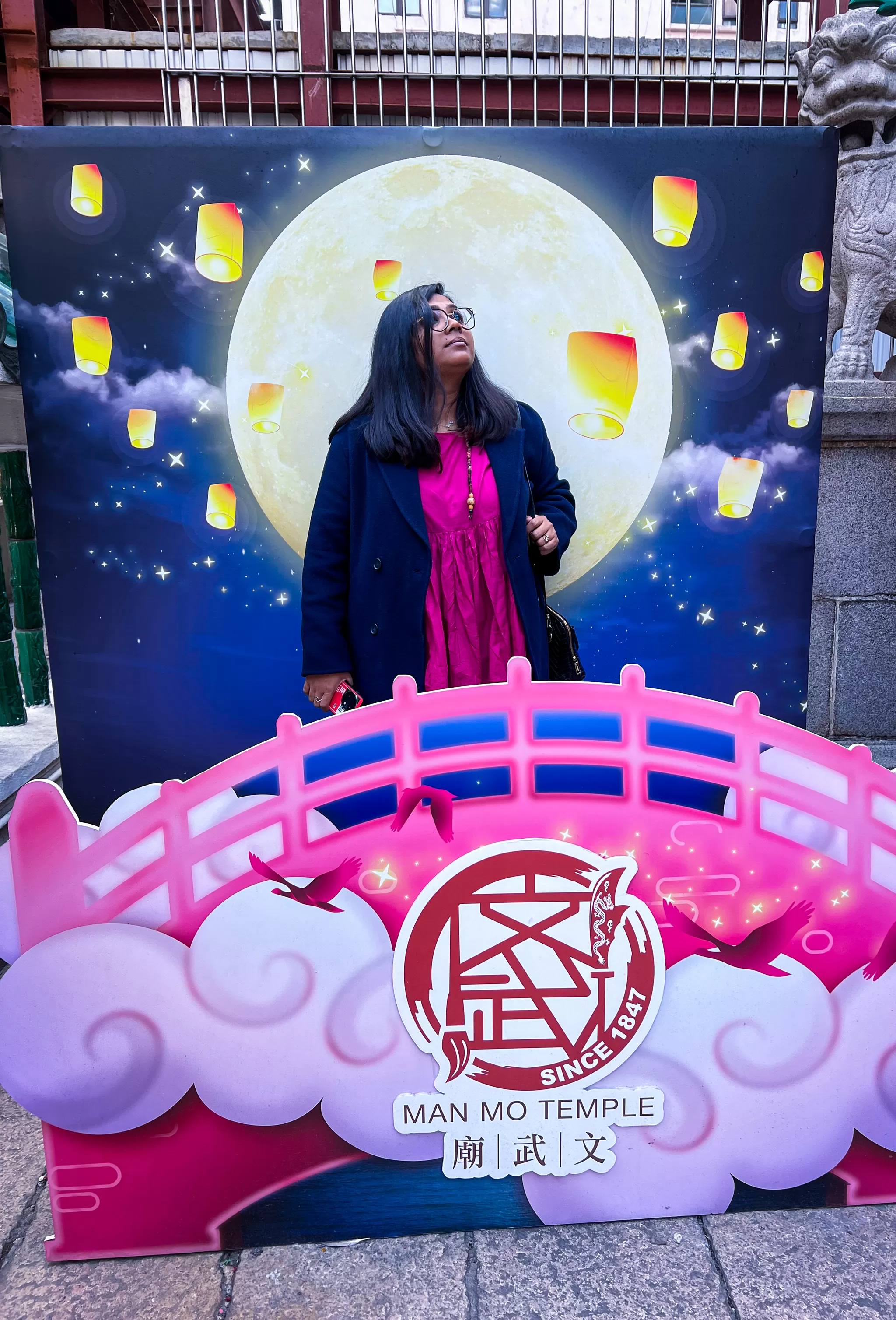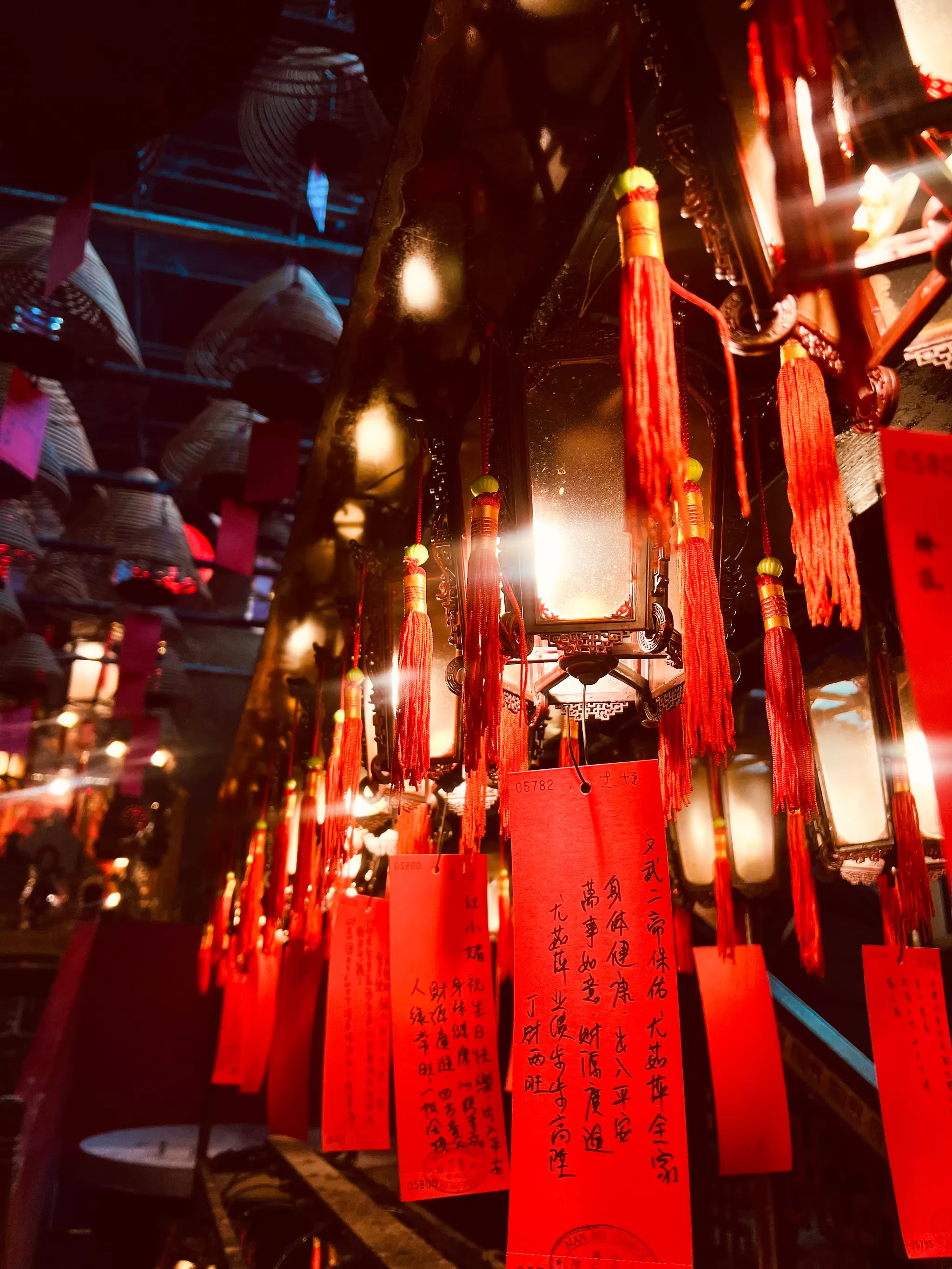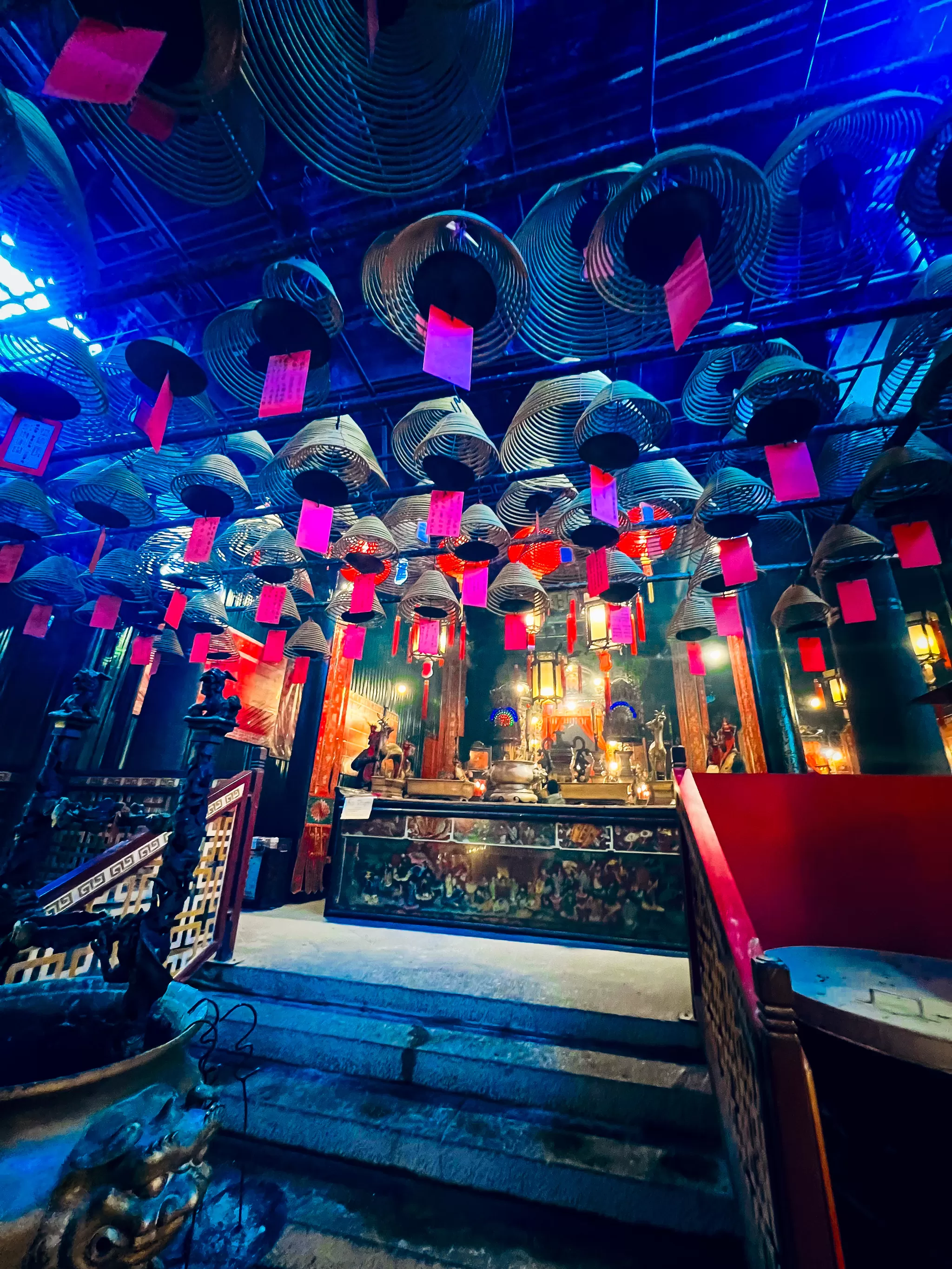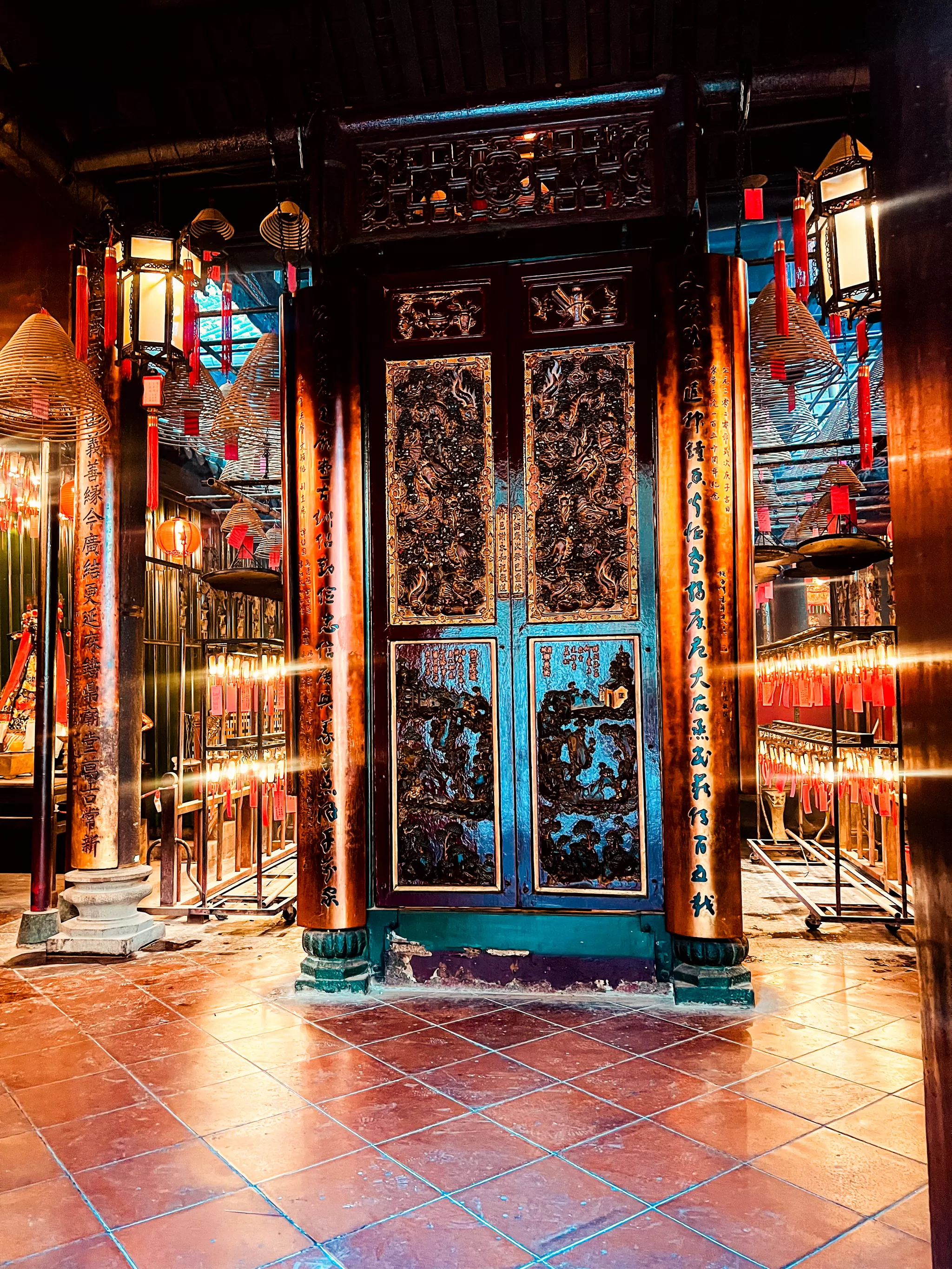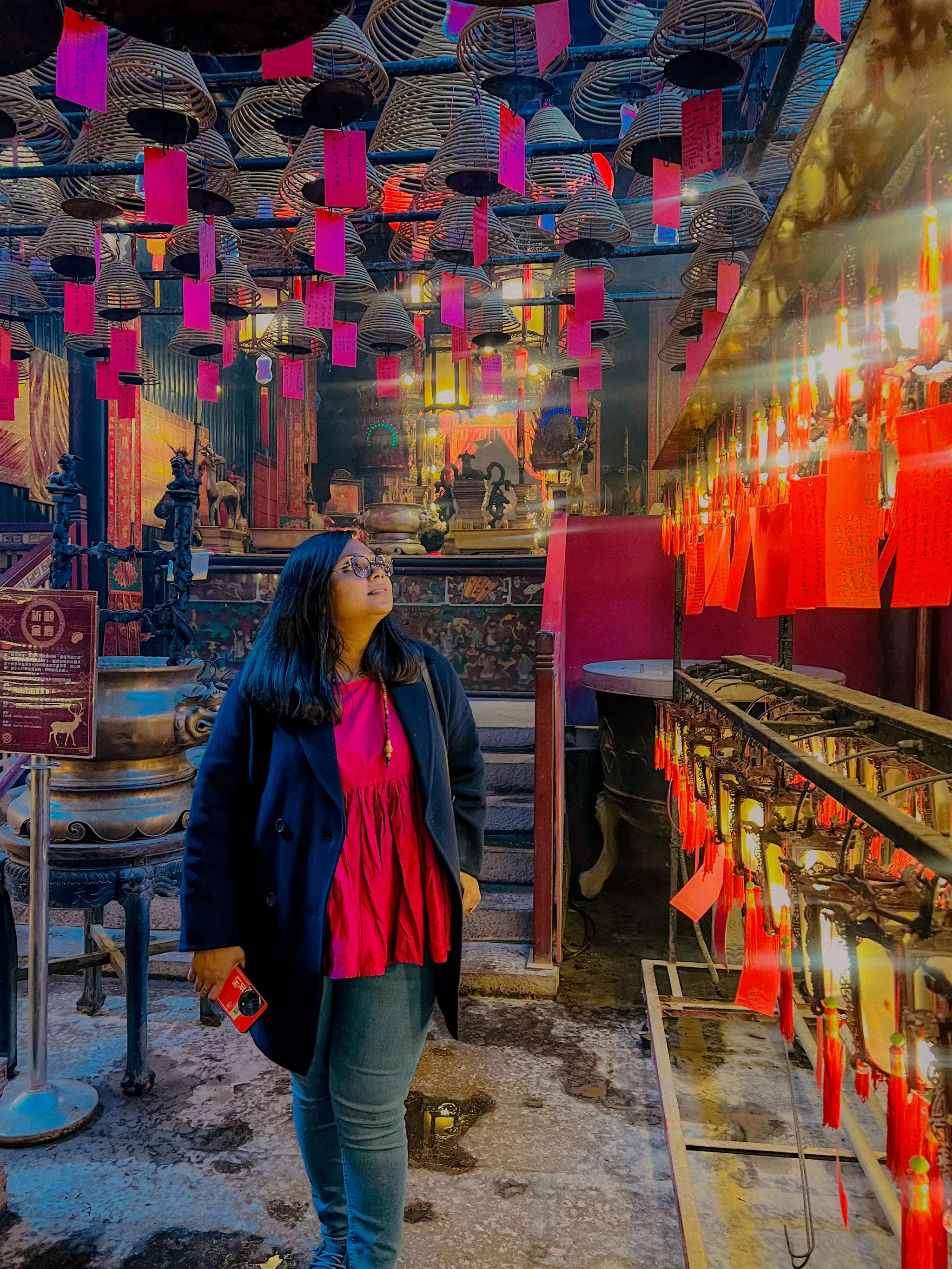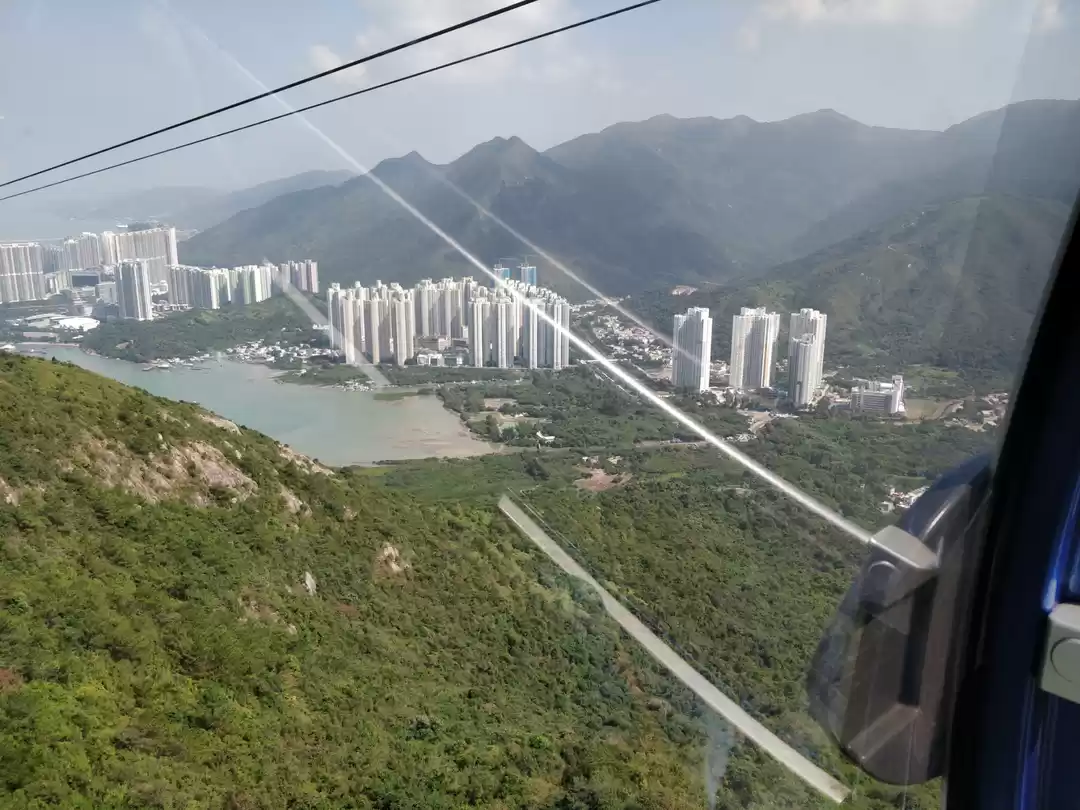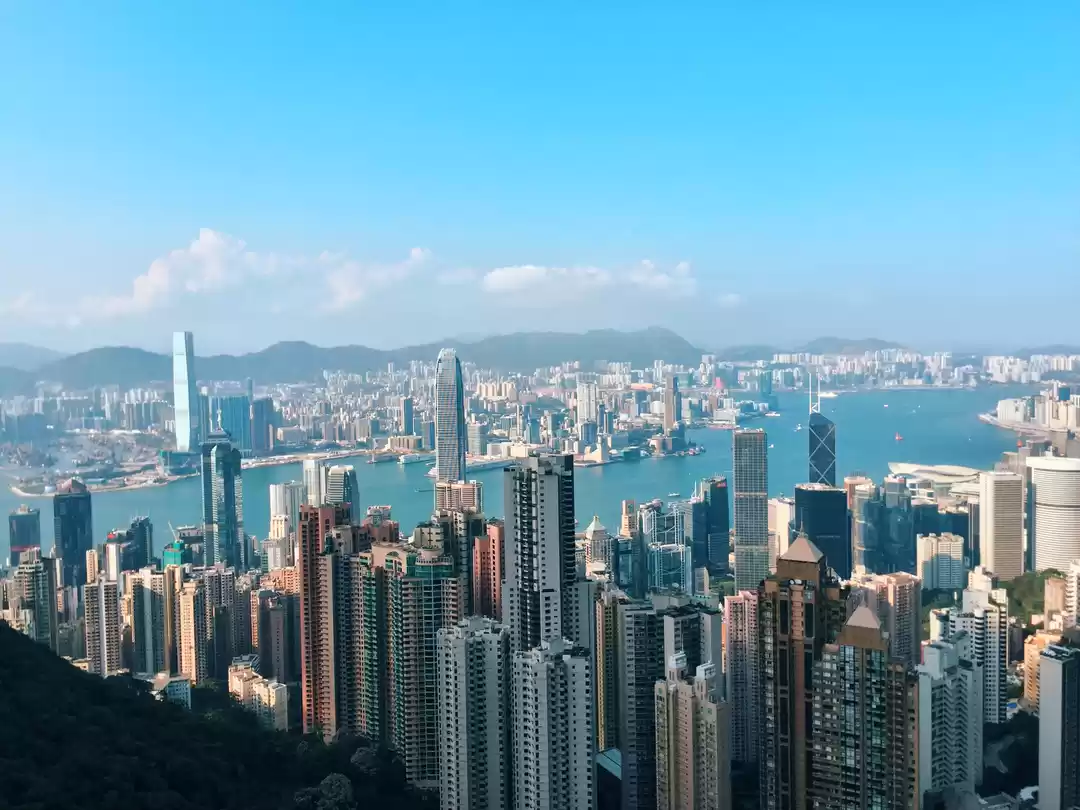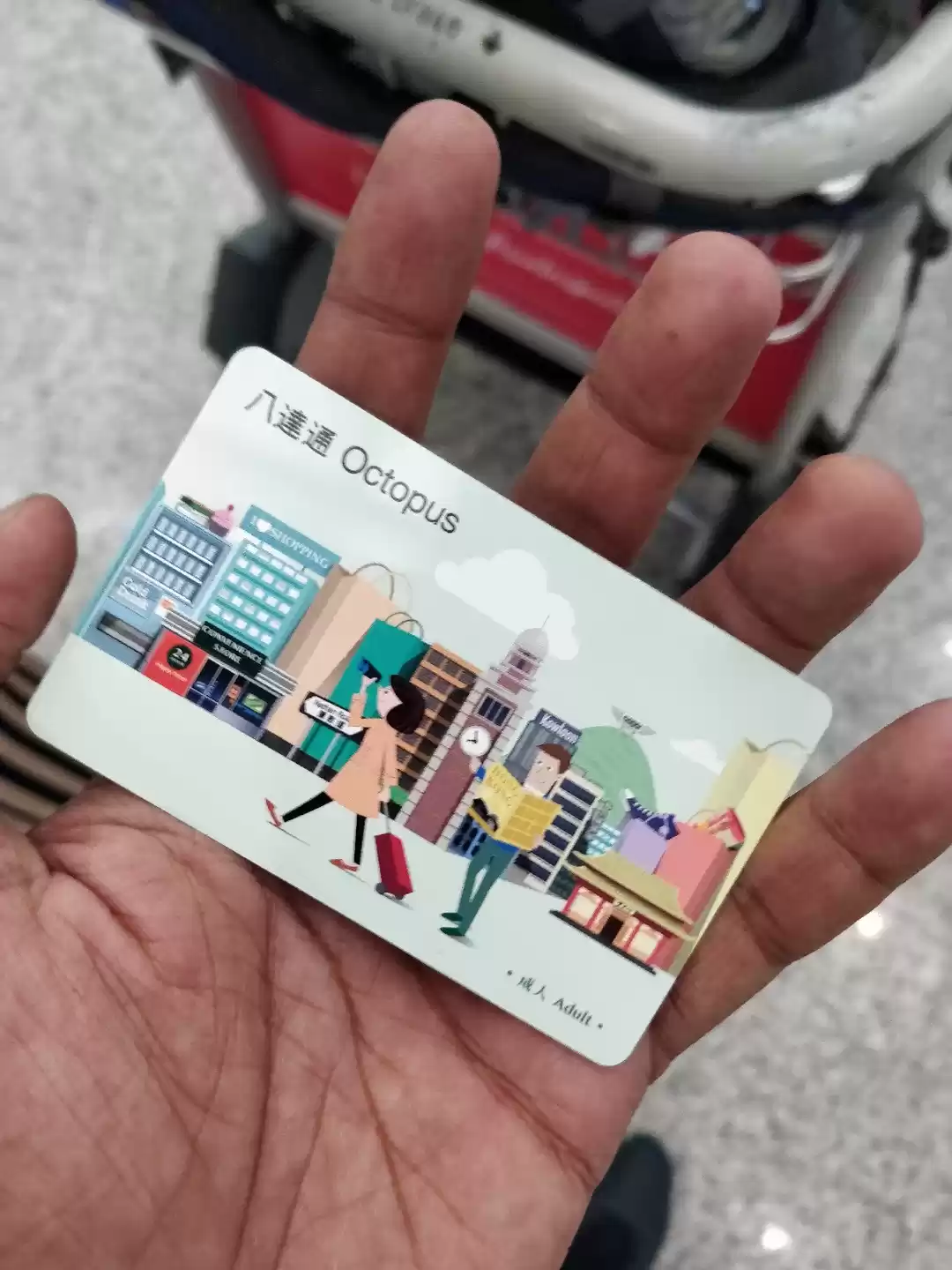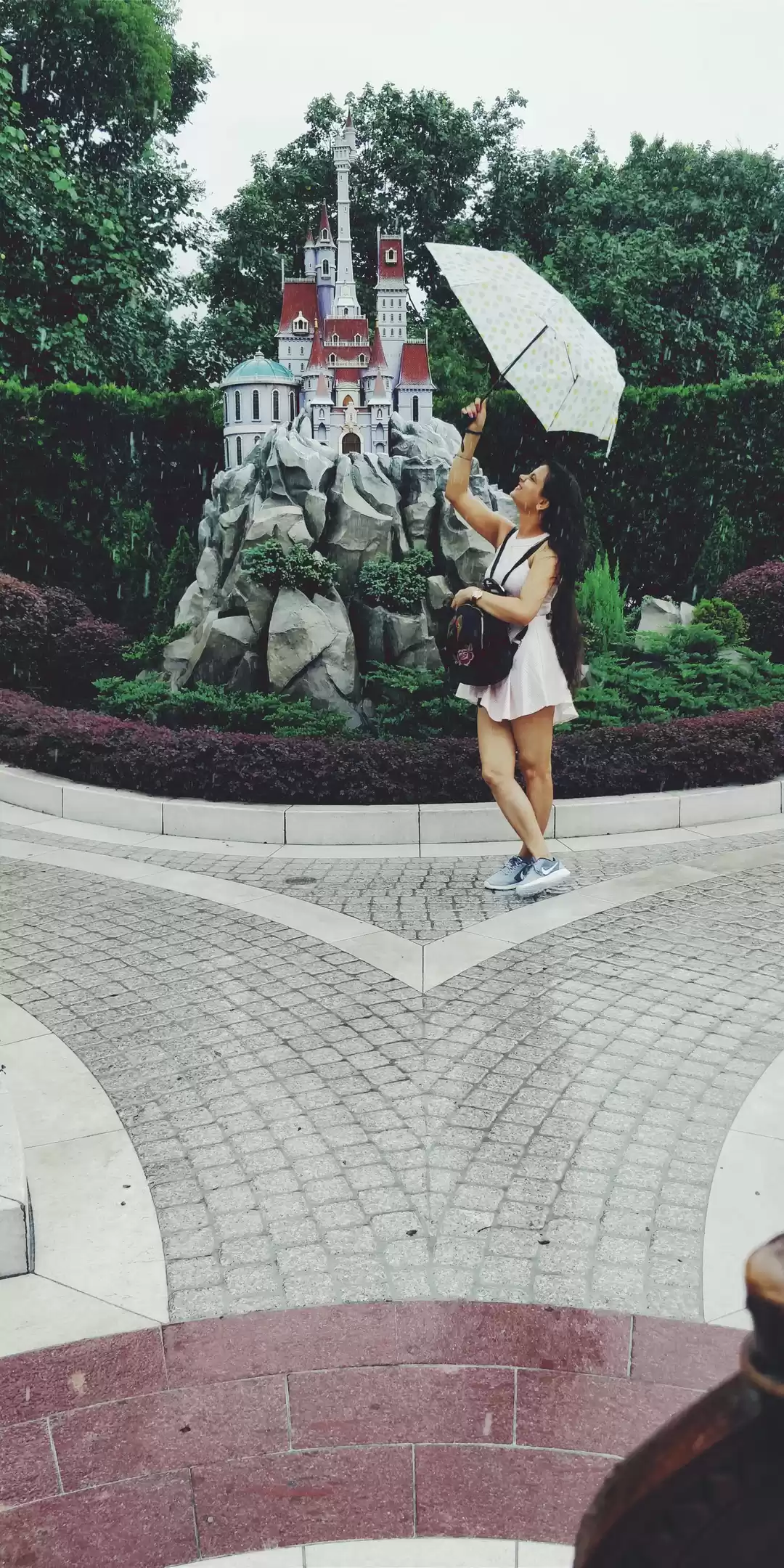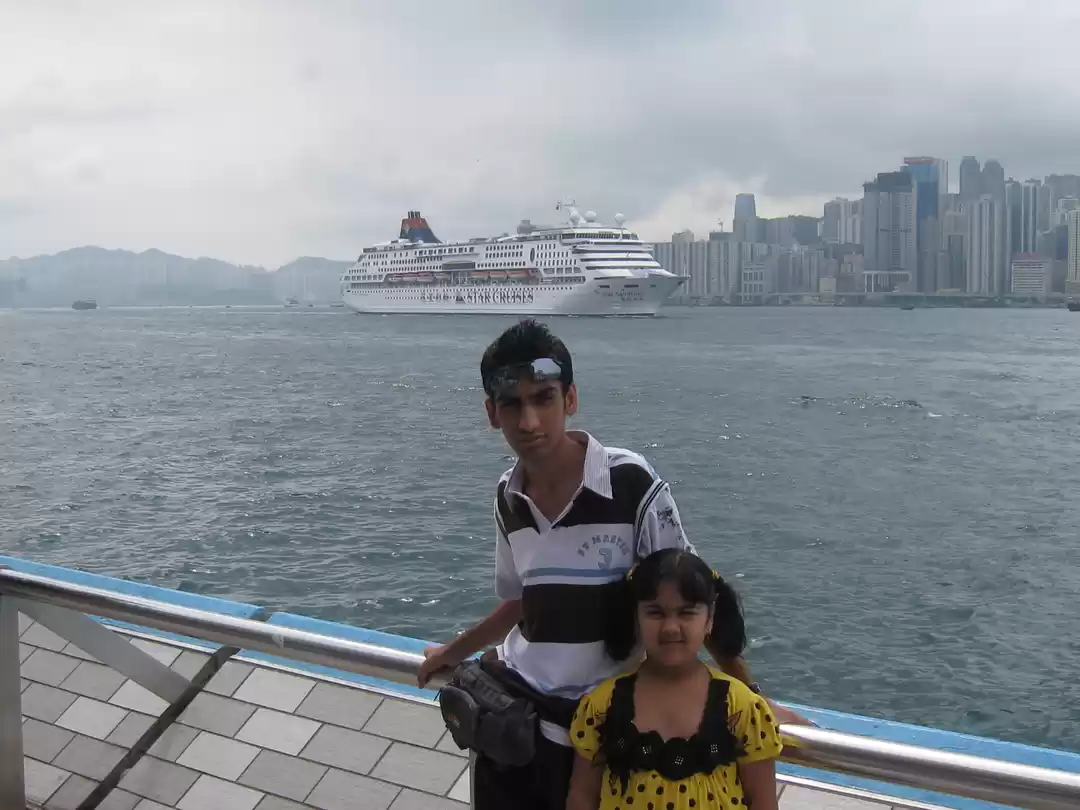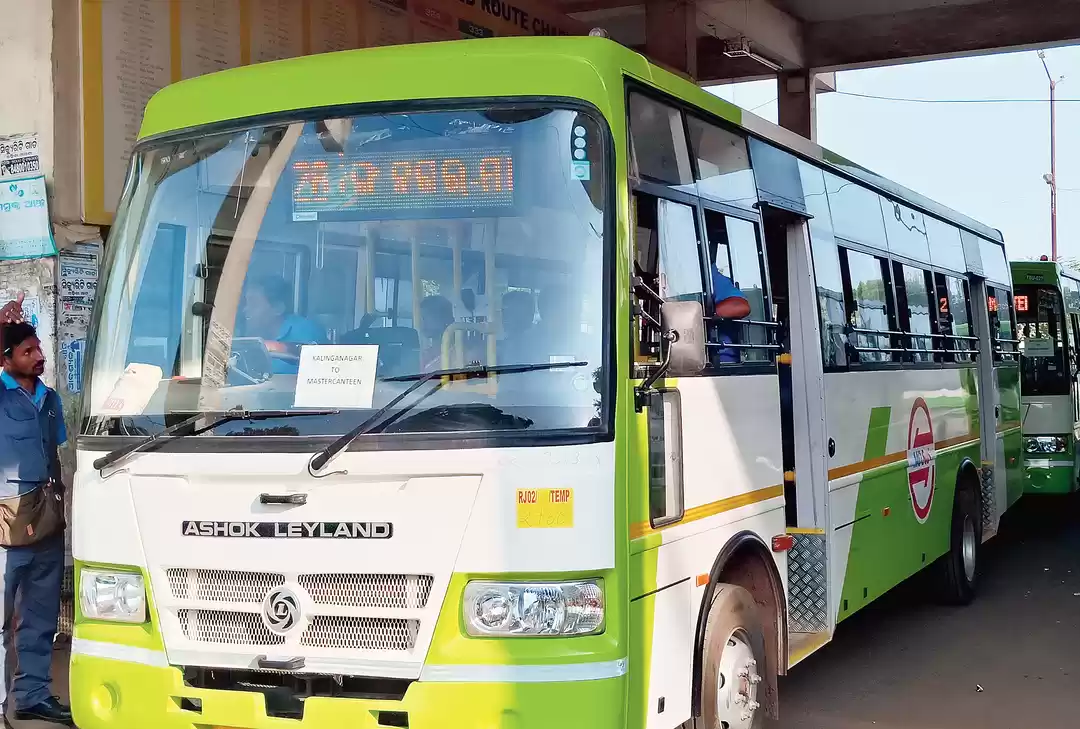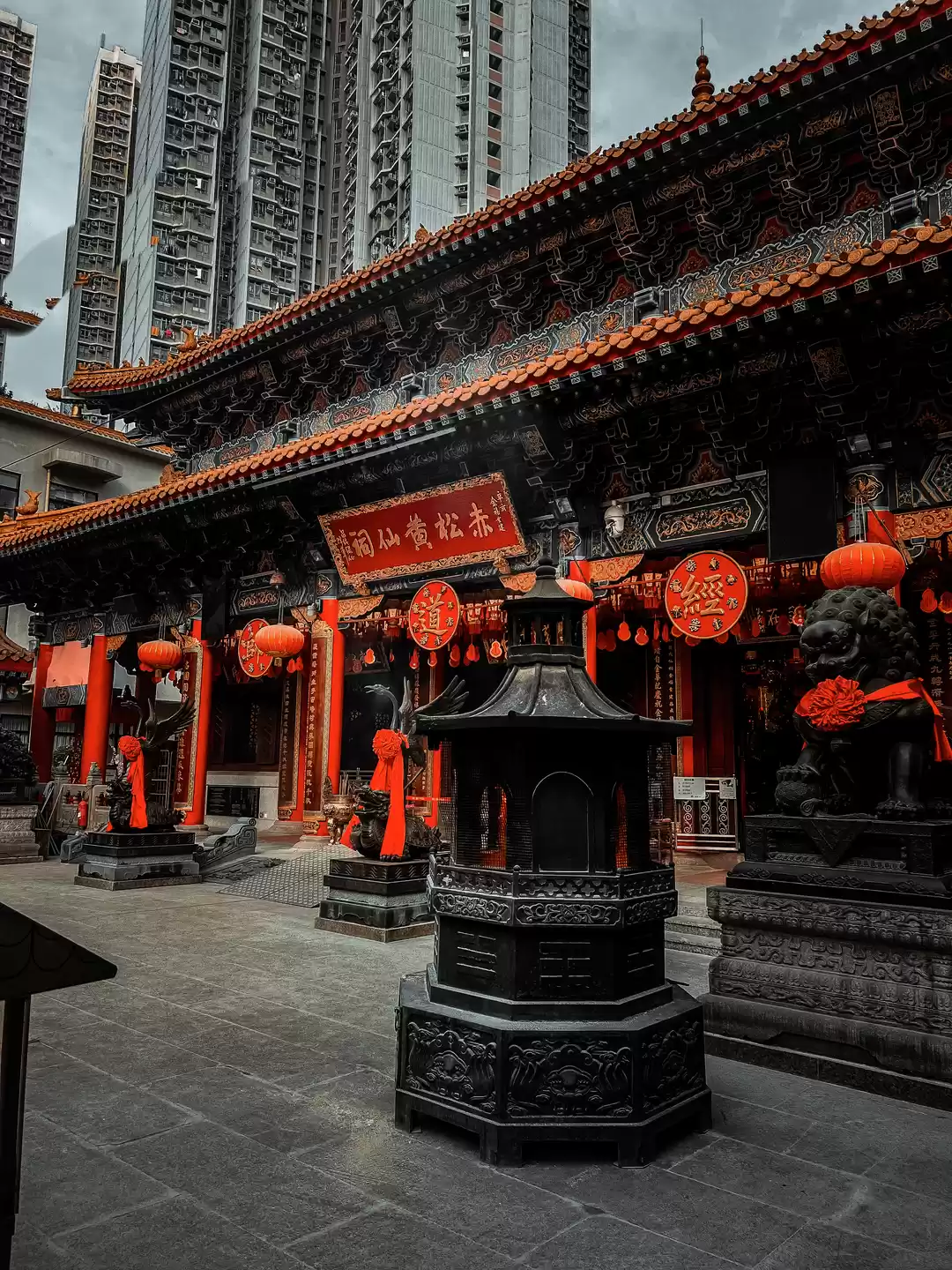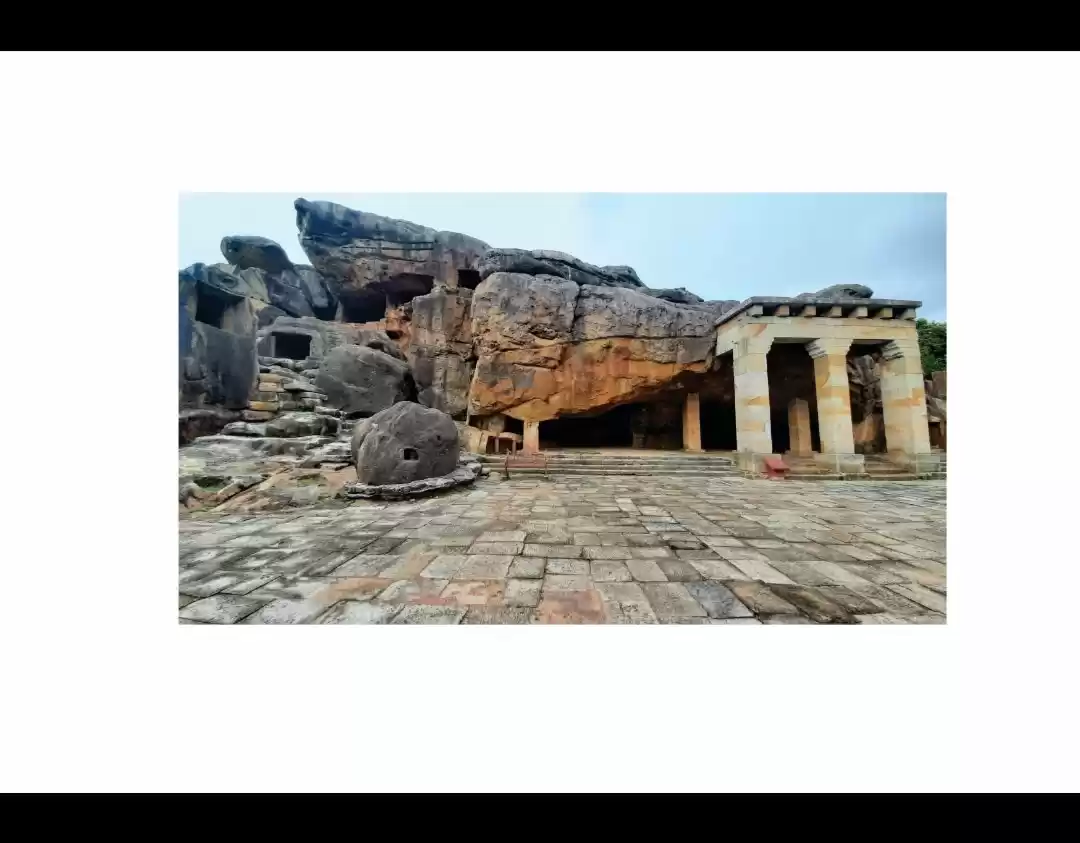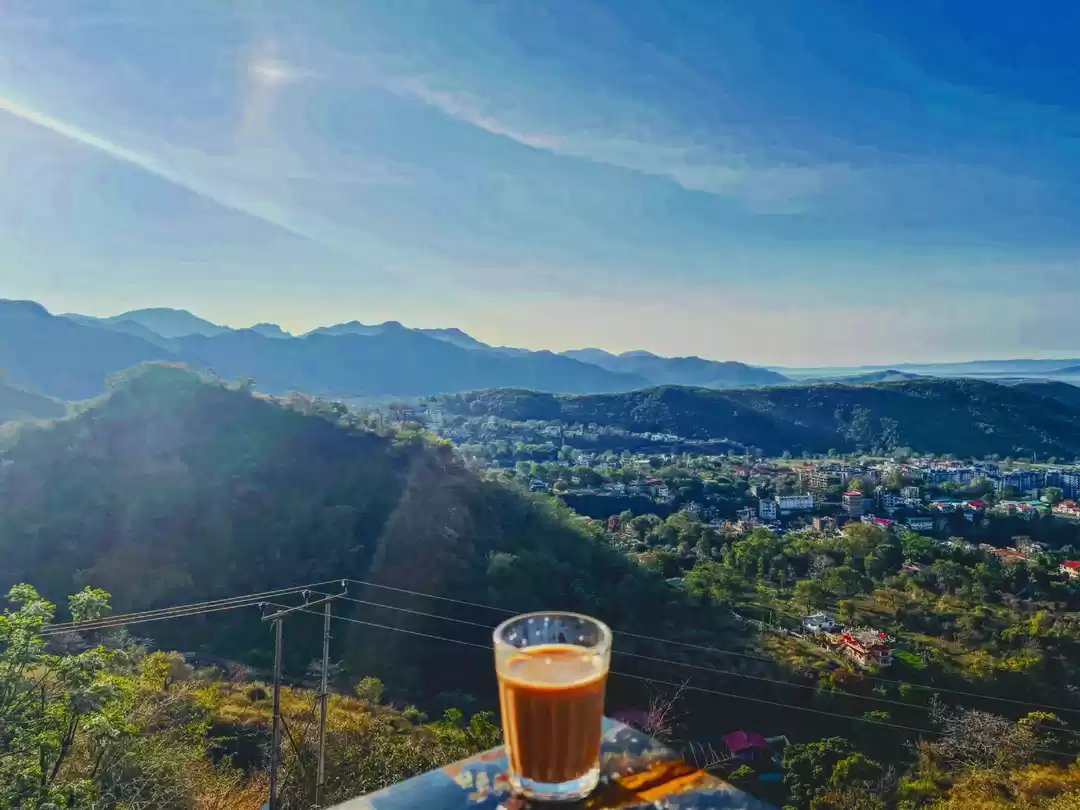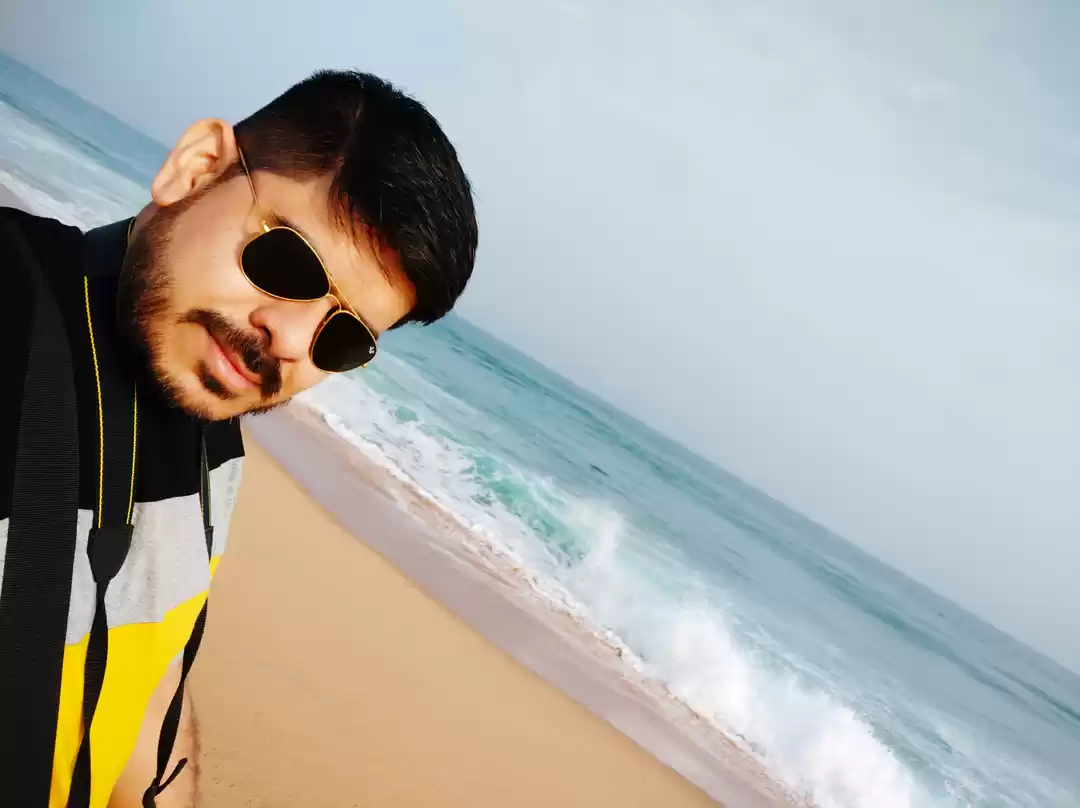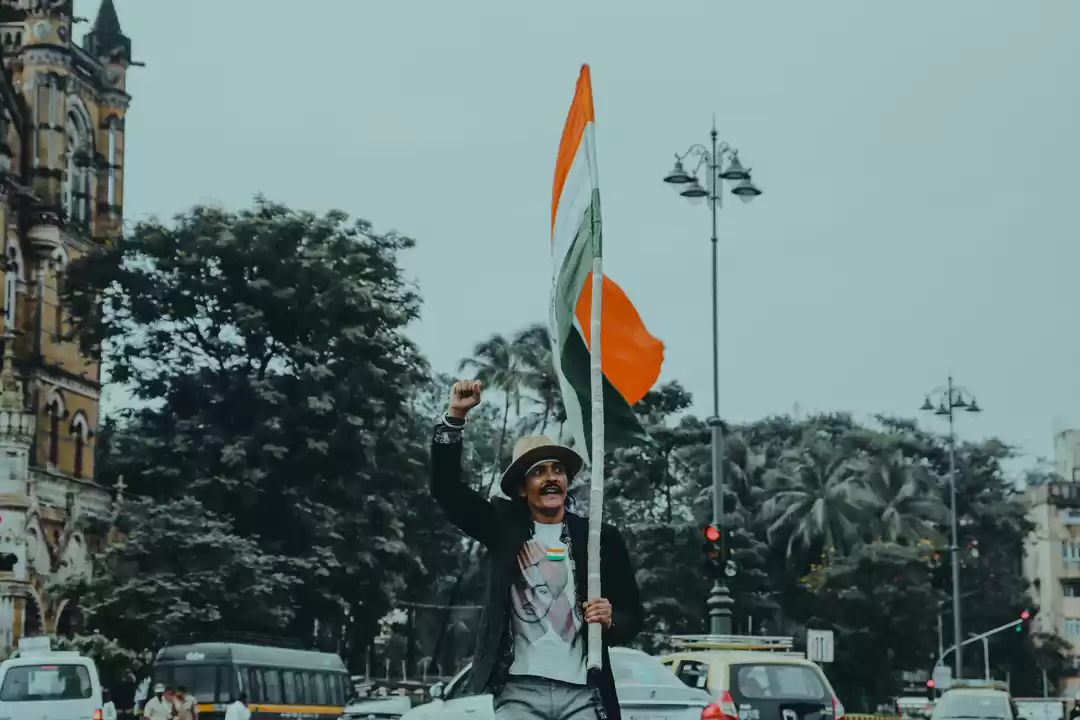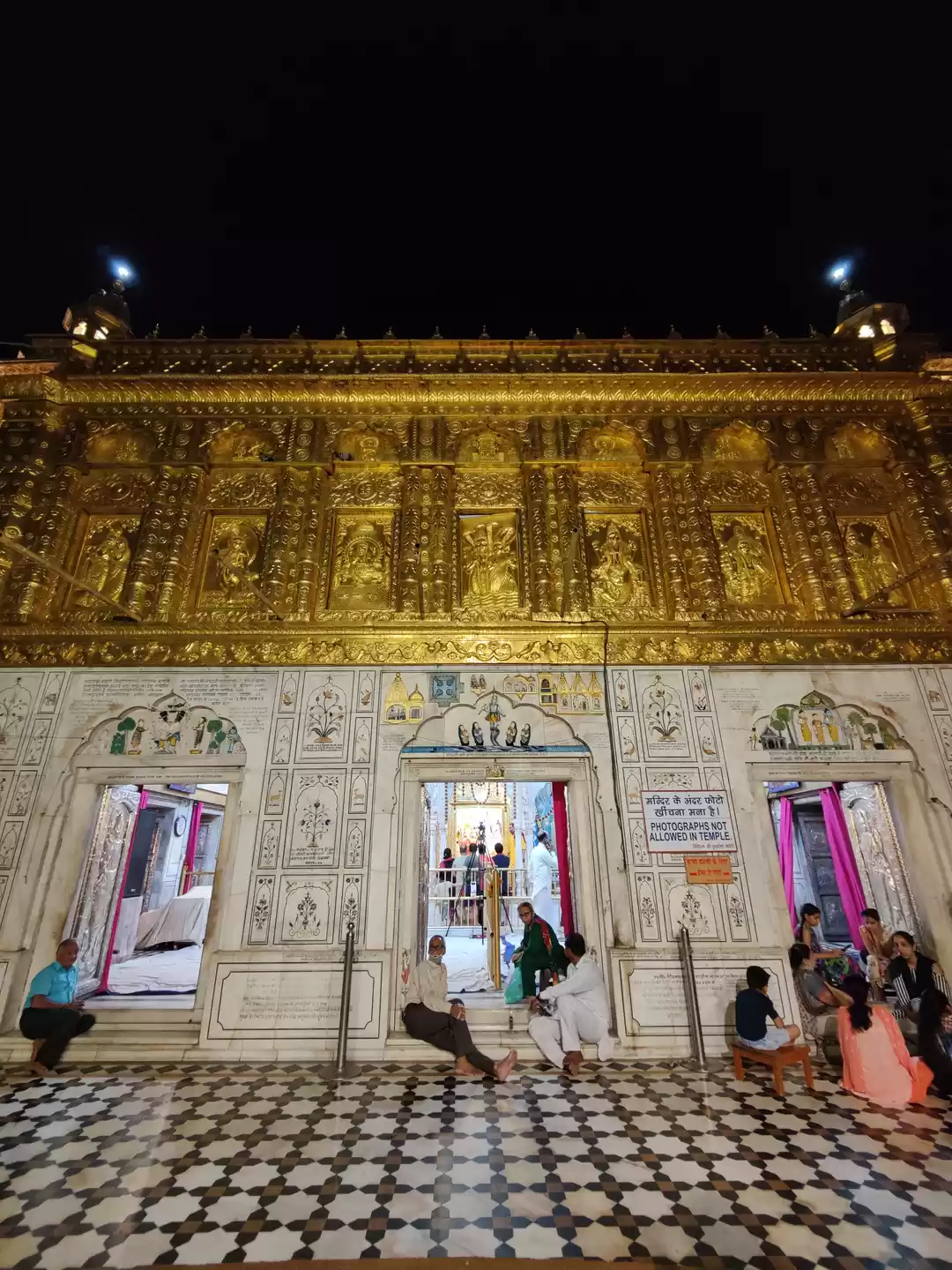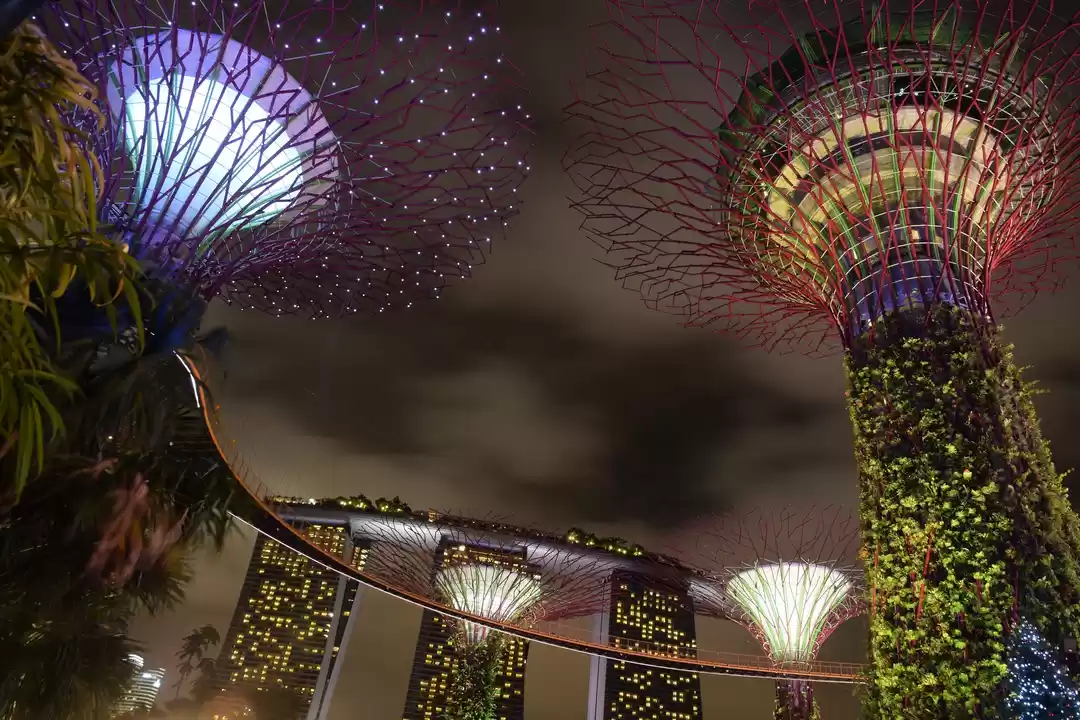Are you looking for a serene and spiritual escape from the hustle and bustle of Hong Kong? Do you want to explore the rich and fascinating history and culture of this vibrant city? If yes, then you should definitely visit the Man Mo Temple, one of the oldest and most revered Taoist temples in Hong Kong. In this article, we will tell you everything you need to know about this amazing attraction, from its architecture and deities to its rituals and relevance. Read on to discover why the Man Mo Temple is a must-see for anyone who wants to experience the authentic and diverse charm of Hong Kong.
The Architecture and Craftsmanship of the Man Mo Temple
The Man Mo Temple is located on Hollywood Road, a famous street in the Sheung Wan district of Hong Kong. It was built in 1847 during the Qing dynasty, making it one of the oldest temples in the city. The temple is named after the two gods worshipped there: Man, the God of Literature, and Mo, the God of War. The temple is a fine example of traditional Chinese architecture and craftsmanship, with its exquisite design and features.
The Exterior Design and Features of the Temple
The temple has a simple and elegant facade, with a red and yellow color scheme that symbolizes joy and prosperity. The temple has a double-eave roof, which is typical of Chinese temples, and is decorated with carved dragons and pearl strings. The roof also features a ridgepole that is adorned with mythical animals and flowers, representing protection and beauty. The entrance of the temple is marked by a stone archway that has the name of the temple inscribed in gold.

The Interior Design and Features of the Temple
The temple has a rectangular layout, with a main hall, two side halls, and a courtyard. The main hall is the most important and impressive part of the temple, as it houses the statues of the two gods, Man and Mo. The main hall is also filled with incense coils and lanterns that create a mystical and mesmerizing atmosphere. The incense coils are hung from the ceiling and are lit by the worshippers as a way of praying and thanking the gods.
The lanterns are also used for lighting and decoration, and some of them have wishes written on them by the devotees. The side halls are used for various purposes, such as storing antiques, displaying calligraphy, and offering services to the visitors. The courtyard is a small and peaceful space that connects the main hall and the side halls, and also serves as a ventilation and lighting source for the temple.
The Deities and Rituals of the Man Mo Temple
The Man Mo Temple is dedicated to the worship of two Taoist gods: Man, the God of Literature, and Mo, the God of War. These two gods are highly respected and revered by the Chinese people, especially by the scholars and the warriors. The temple also honors other deities, such as the God of Wealth, the God of Medicine, and the City God.
The Customs and Practices of the Temple Visitors and Worshippers
The temple attracts many visitors and worshippers who come to pay their respects and make offerings to the gods. The temple has a set of customs and practices that the visitors and worshippers are expected to follow, such as:
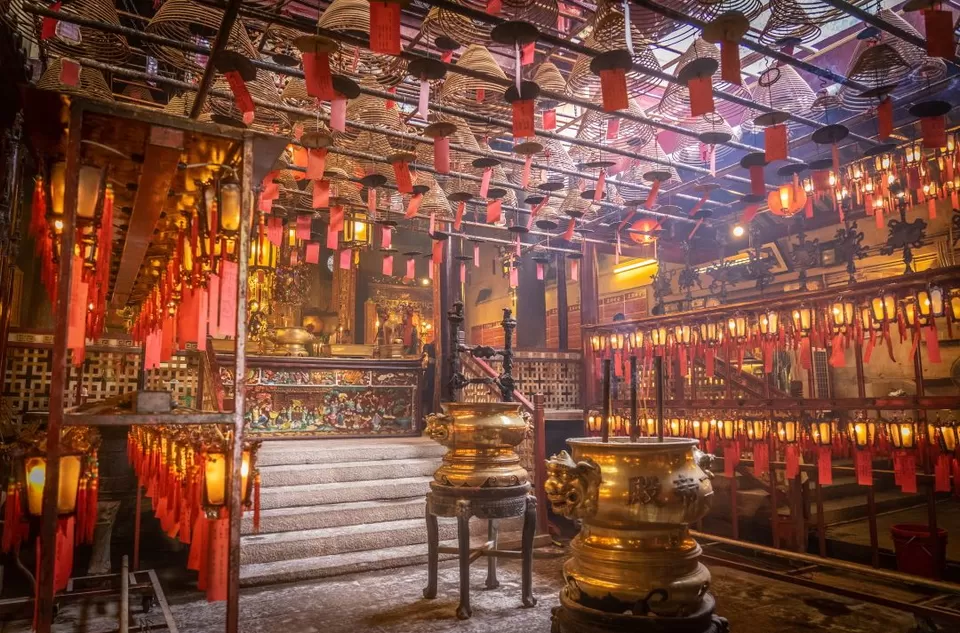
- Entering the temple with a bow and a smile, as a sign of respect and friendliness.
- Buying and burning joss sticks and paper money at the temple, as a way of communicating and honoring the gods.
- Placing the joss sticks and paper money in the incense burners and offering tables in front of the statues of the gods, while praying and wishing for their blessings and guidance.
- Shaking and reading fortune sticks at the temple, as a way of seeking and receiving advice and predictions from the gods.
- Donating and contributing to the temple, as a way of supporting and appreciating its maintenance and services.
The Role and Relevance of the Man Mo Temple in Modern Hong Kong
The Man Mo Temple is not only a religious and historical site, but also a cultural and social one. The temple plays an important role and has a significant relevance in modern Hong Kong, as it reflects and influences the values, beliefs, and aspirations of the people.
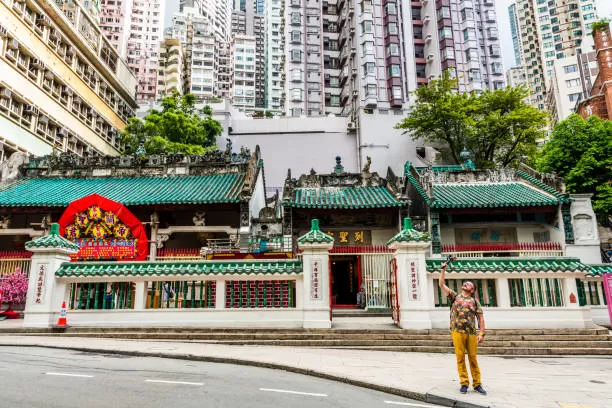
The Temple as a Community Center and a Historic Monument
The temple serves as a community center and a historic monument for the people of Hong Kong, as it provides a spaceand a platform for them to connect, learn, and celebrate. The temple hosts and organizes various events and activities throughout the year, such as festivals, exhibitions, workshops, and tours. The temple also preserves and showcases the heritage and tradition of Hong Kong, as it is one of the few remaining examples of the colonial and Taoist era. The temple is recognized and protected as a Grade I historic building by the government, and is also part of the Hong Kong Heritage Trail.
The Temple as a Source of Inspiration and Guidance for Today's Generation
The temple serves as a source of inspiration and guidance for today's generation, as it offers a perspective and a vision for them to grow, improve, and succeed. The temple embodies and promotes the values and qualities of the two gods, Man and Mo, such as knowledge, wisdom, justice, loyalty, education, and martial arts. The temple also provides and encourages the opportunities and experiences for the visitors and worshippers to explore, discover, and enjoy the culture, history, and spirituality of Hong Kong. The temple has inspired and guided many people who have visited or worshipped there, such as:
- Sun Yat-sen, the founding father of modern China, who prayed at the temple before his revolution against the Qing dynasty.
- Bruce Lee, the legendary martial artist and actor, who trained at the temple and learned from the philosophy and practice of the God of War, Mo.
- You, the curious and adventurous traveler, who can find your own inspiration and guidance at the temple, whether you are looking for peace, adventure, or enlightenment.
The Man Mo Temple is a cultural and historical treasure in Hong Kong, that offers a unique and unforgettable experience for anyone who visits it. The temple is a place where you can admire the stunning architecture and craftsmanship, worship the powerful and benevolent deities, and learn about the rich and fascinating history and culture of Hong Kong.
The temple is also a place where you can find inspiration and guidance, as the temple reflects and influences the values, beliefs, and aspirations of the people. The Man Mo Temple is a must-see for anyone who wants to experience the authentic and diverse charm of Hong Kong.
So, what are you waiting for? Book your Hong Kong holiday package with Tripoto today and get ready to explore the Man Mo Temple and other amazing attractions in this vibrant city.

